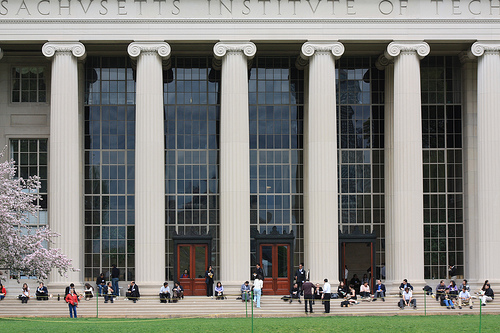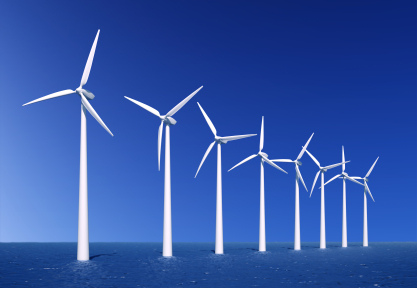
When President Obama gave his now famous midterm election concession speech (yup, the “shellacking” address), he conceded that cap and trade was just “one way to skin the cat” with respect to failed US climate change policy.
As world leaders begin the two-week UN COP16 climate change conference today in Cancún, the media is awash with ideas that could break the legislative gridlock — or at least make Cancún less of a disaster than Copenhagen 2009 was.
Yesterday’s New York Times has a fascinating op/ed written by University of California, San Diego professors Veerabhadran Ramanathan and David G. Victor which argues that global climate talks need to get more practical in the short term and focus on reducing the greenhouse gases with less political, financial and operational impediments — methane and ozone.
Methane
The authors argue that methane (the principal ingredient of natural gas), which is 25 times more pernicious than carbon dioxide, is an easier gas to manage. The primary culprits of methane pollution are landfills, rice paddies and livestock. All of these inputs require relatively analog fixes that could reduce methane release significantly. In the US, this means repairing antiquated natural gas pipelines. Globally, the professors say that by limiting the amount of rice that rots in the fields along with natural gas infrastructure enhancement, we could lower methane emissions by 40%.
Ozone
Soot and ozone are the easiest greenhouse gases to legislate because all countries ultimately care mainly about the local impacts of pollution. This is the greatest problem with climate change policy, as the impacts are complex and diffuse, and yet with air quality, everyone has an interest in its integrity. And regardless of how you feel about climate change (and recall that nearly half of Americans have doubts it exists), clean air is something we all want (yup, even Mrs. Palin).
So, Mssrs. Ramanathan and Victor establish a plan to extend the 1987 Montreal Protocol to ban hydroflourocarbons (HFCs) used in refrigerants and cooling systems. Available substitutes are 100 times less potent warmers. With soot, the authors argue that local pollutions laws have can have the greatest impact in improving air quality, such as laws in California that have cut diesel-soot emissions in half.
While reducing methane and ozone cannot stop global warming, it could buy the world a few decades to put the correct CO2 management systems in place. And perhaps most importantly, it would give the US some much needed credibility when it comes to the international climate bargaining table.
Image Credit by Mike McHolm via Flickr under a CC license









